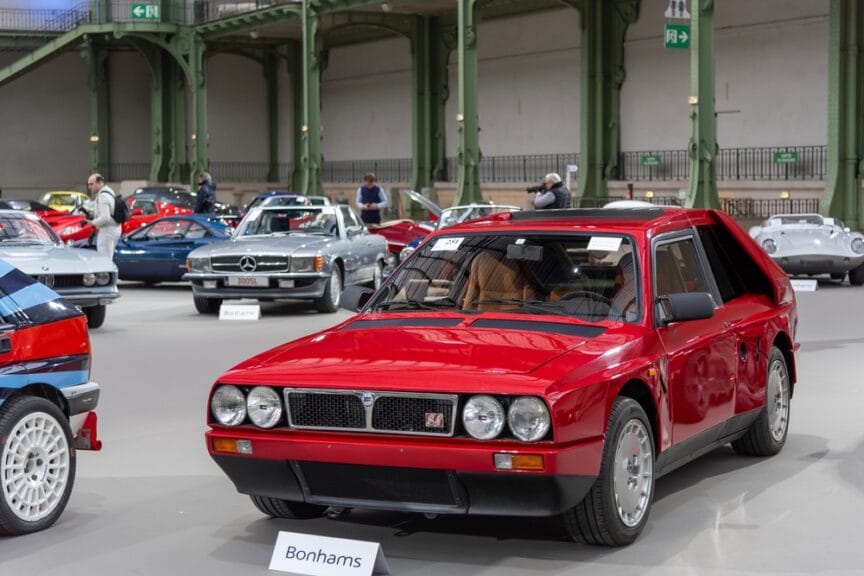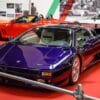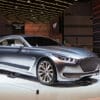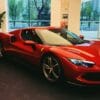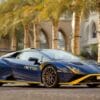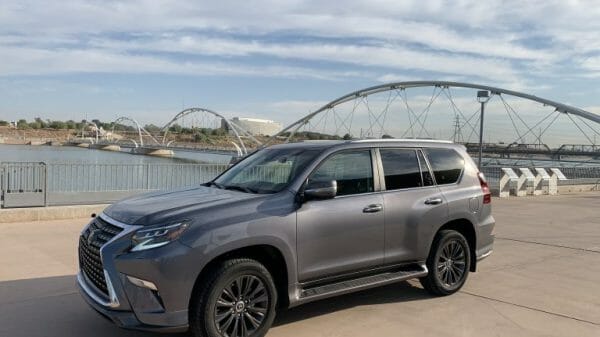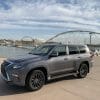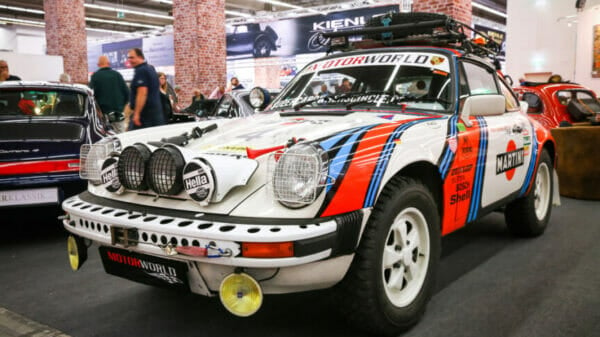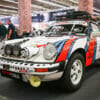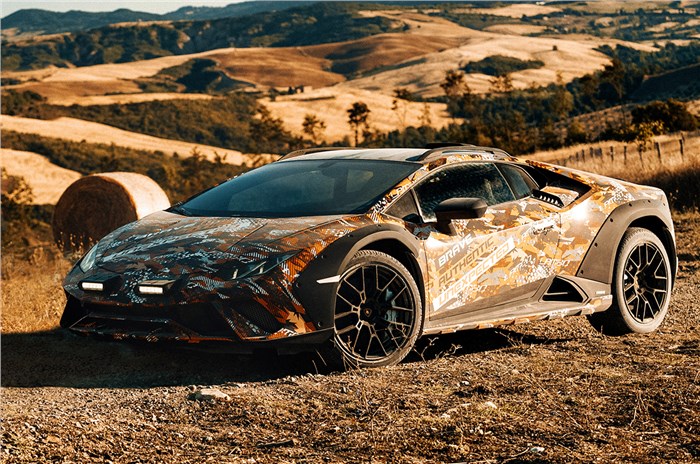From 1982 to 1986, the Group B rally car competition was fierce with major automakers such as Audi, Citröen, Fiat, Ford, Lancia, Opel, Peugeot, and Rover vying for dominance. Despite its short lifespan, this class led to groundbreaking innovations, introducing technologies like all-wheel drive, ‘twin-charging,’ and Kevlar materials. One standout from this era was the Lancia Delta S4 Stradale, which was designed as the successor to the Rally 037.
Designed to comply with the 2,500cc class regulations, the Delta S4 prioritized a lightweight, all-wheel-drive platform, competing against the Peugeot 205 T16. Departing from tradition, this Lancia model, falling within the 890kg weight class, became the most potent Group B Rally car for the brand and achieved its debut win at the 1985 RAC Rally.
Constructed with a CroMoly steel tubular space frame reinforced with aluminum alloy, the Delta S4’s chassis allowed for easy maintenance in demanding rally conditions. Its rear-mounted 1,759cc engine featured aluminum cylinder bores and a hardened ceramic surface, utilizing a twin-charged forced induction system—combining a responsive supercharger and a turbocharger—to deliver 247bhp at 6,750rpm and 215 lb-ft torque at 4,500rpm.
While the Delta S4 Stradale is an exceptional piece of automotive history, it experienced limited success in the market due to its high price and the rapid evolution of rallying, as highlighted by Henry Catchpole in a video shared on the Hagerty YouTube channel.
Image Source: Alexandre Prevot / Shutterstock

